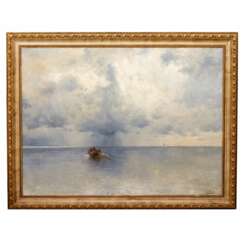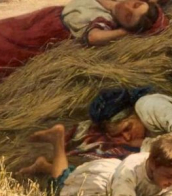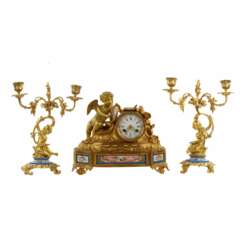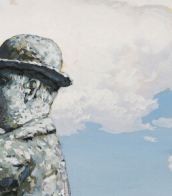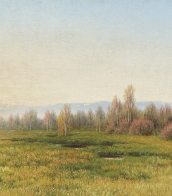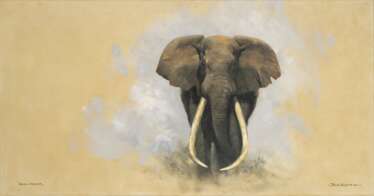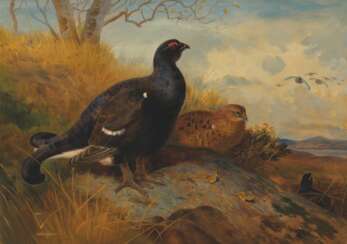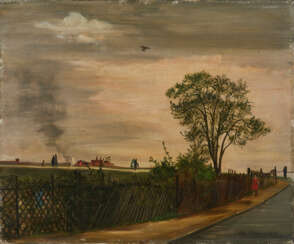491 Items by auctions and galleries:
природа
Lot 52 Издательский конволют серии «Природа и Люди»: Кн. 1—12.
Auction 16-1. Rare books, inscriptions, manuscripts, photographs, postcards, graphics and sculpture of the 17th-20th centuries. 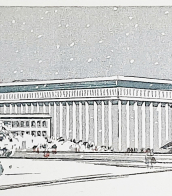

Аукционный дом «Жар-Птица»
Auction 16-1. Rare books, inscriptions, manuscripts, photographs, postcards, graphics and sculpture of the 17th-20th centuries.
Date: 31.07.2021 16:00 UTC +03:00
Number of lots in the catalog: 182
Lot 51 Комплект из 14 книг серии «Вся природа».
Auction 16-1. Rare books, inscriptions, manuscripts, photographs, postcards, graphics and sculpture of the 17th-20th centuries. 

Аукционный дом «Жар-Птица»
Auction 16-1. Rare books, inscriptions, manuscripts, photographs, postcards, graphics and sculpture of the 17th-20th centuries.
Date: 31.07.2021 16:00 UTC +03:00
Number of lots in the catalog: 182
Lot 14 Солнце, утро и цветы: Сб. избранных стихотворений, сост. Красноярским Ученическим кружком «ЭОС» любителей изучения природы: Вып. 1 [единственный].
Auction 16-3. Rare books, inscripts, arts and crafts and graphics of the 18th-20th centuries. 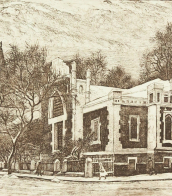

Аукционный дом «Жар-Птица»
Auction 16-3. Rare books, inscripts, arts and crafts and graphics of the 18th-20th centuries.
Date: 31.07.2021 20:00 UTC +03:00
Number of lots in the catalog: 198
Lot 127 Жирар де Пропиак, К.Ж.Ф. Достопамятности в мире, или Описание существующих на Земле редких произведений природы и искуства [в 4 т.] / Изд. г. Пропиаком.; пер. с фр.; с картинами.
Auction 19. Rare books, inscriptions, paintings and drawings of the 18th-20th centuries. 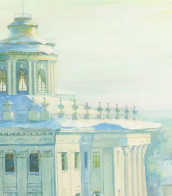

Аукционный дом «Жар-Птица»
Auction 19. Rare books, inscriptions, paintings and drawings of the 18th-20th centuries.
Date: 25.12.2021 17:15 UTC +03:00
Number of lots in the catalog: 195
Lot 2 Лафонтен, А.Г.Ю. Природа и любовь, или Картины человеческого сердца / Соч. г-на ла-Фонтена; пер. Иван Тимковский с 3 испр. на нем. яз. изд.
Auction 16-3. Rare books, inscripts, arts and crafts and graphics of the 18th-20th centuries. 

Аукционный дом «Жар-Птица»
Auction 16-3. Rare books, inscripts, arts and crafts and graphics of the 18th-20th centuries.
Date: 31.07.2021 20:00 UTC +03:00
Number of lots in the catalog: 198
Lot 161 Риккерт, Г. Науки о природе и науки о культуре: Пер. со 2-го нем. изд. / Г. Риккерт; под ред. С. Гессена.
Auction 16-2. Library of the Moscow Intellectual. Rare books of the XIX-XX centuries. 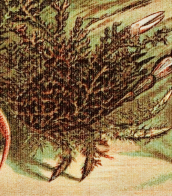

Аукционный дом «Жар-Птица»
Auction 16-2. Library of the Moscow Intellectual. Rare books of the XIX-XX centuries.
Date: 31.07.2021 17:30 UTC +03:00
Number of lots in the catalog: 294
Lot 267 Мечников, И.И. Этюды о природе человека: С портр. авт. и 20 рис. / И.И. Мечников.
Auction 16-2. Library of the Moscow Intellectual. Rare books of the XIX-XX centuries. 

Аукционный дом «Жар-Птица»
Auction 16-2. Library of the Moscow Intellectual. Rare books of the XIX-XX centuries.
Date: 31.07.2021 17:30 UTC +03:00
Number of lots in the catalog: 294
Lot 128 Россия: Полное географическое описание нашего отечества: Настол. и дорож. кн. для рус. людей [в 19 т.]
Auction 17-1. Rare books, inscripts, manuscripts and photographs of the 17th-20th centuries. 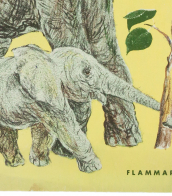

Аукционный дом «Жар-Птица»
Auction 17-1. Rare books, inscripts, manuscripts and photographs of the 17th-20th centuries.
Date: 27.11.2021 16:00 UTC +03:00
Number of lots in the catalog: 151
Lot 156 Спиноза, Б. Этика, доказанная в геометрическом порядке и разделенная на пять частей, в которых трактуется
Auction 16-2. Library of the Moscow Intellectual. Rare books of the XIX-XX centuries. 

Аукционный дом «Жар-Птица»
Auction 16-2. Library of the Moscow Intellectual. Rare books of the XIX-XX centuries.
Date: 31.07.2021 17:30 UTC +03:00
Number of lots in the catalog: 294
Lot 73 Карсавин, Л.П. Очерки религиозной жизни в Италии XII—XIII веков / Л. П. Карсавин.
Auction 19. Rare books, inscriptions, paintings and drawings of the 18th-20th centuries. 

Аукционный дом «Жар-Птица»
Auction 19. Rare books, inscriptions, paintings and drawings of the 18th-20th centuries.
Date: 25.12.2021 17:15 UTC +03:00
Number of lots in the catalog: 195
Lot 124 Леруа, Э. Догмат и критика / Эдуард Леруа; пер. с фр.; со вступ. ст. "Догмат и современное сознание" Н.А. Бердяева.
Auction 19. Rare books, inscriptions, paintings and drawings of the 18th-20th centuries. 

Аукционный дом «Жар-Птица»
Auction 19. Rare books, inscriptions, paintings and drawings of the 18th-20th centuries.
Date: 25.12.2021 17:15 UTC +03:00
Number of lots in the catalog: 195
Lot 138 [Лаво, Лакоент де. Москва до и после пожара]. Lecointe de Laveau G. Moscou avant et après l'incendie / Par G.L.D.L.
Аукцион 21-1. Редкие книги, рукописи, фотографии и графика XVIII—ХХ вв. 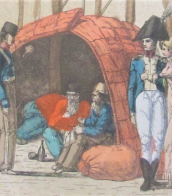

Аукционный дом «Жар-Птица»
Аукцион 21-1. Редкие книги, рукописи, фотографии и графика XVIII—ХХ вв.
Date: 04.09.2022 16:00 UTC +03:00
Number of lots in the catalog: 205
Lot 158 [Лаво, Лакоент де. Москва до и после пожара]. Lecointe de Laveau G. Moscou avant et après l'incendie / Par G.L.D.L.
Аукцион 22. Редкие книги, инскрипты, рукописи, открытки и фотографии XVIII—XX вв. 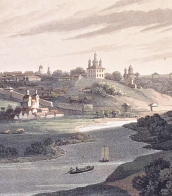

Аукционный дом «Жар-Птица»
Аукцион 22. Редкие книги, инскрипты, рукописи, открытки и фотографии XVIII—XX вв.
Date: 07.10.2023 17:15 UTC +03:00
Number of lots in the catalog: 238
Lot 164 ARCHIBALD THORBURN (BRITISH, 1860-1935)
Archibald Thorburn (1860 - 1935) 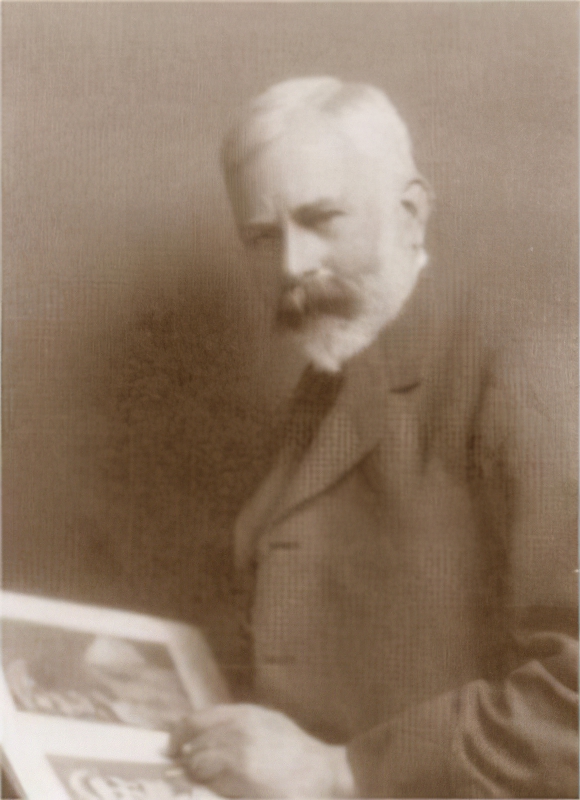 British and European Art
British and European Art 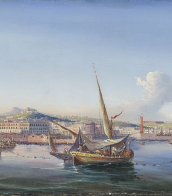

Archibald Thorburn
31.05.1860 - 09.10.1935
United Kingdom
Archibald Thorburn was a Scottish artist who specialised in wildlife, painting mostly in watercolour. He regularly visited Scotland to sketch birds in the wild, his favourite haunt being the Forest of Gaick near Kingussie in Invernesshire. His widely reproduced images of British wildlife, with their evocative and dramatic backgrounds, are enjoyed as much today as they were by naturalists a century ago.

CHRISTIE'S
British and European Art
Date: 15.07.2021 13:00 UTC +00:00
Number of lots in the catalog: 184
Lot 30 Untitled (Spaziergänger)
Theo Champion (1887 - 1952) 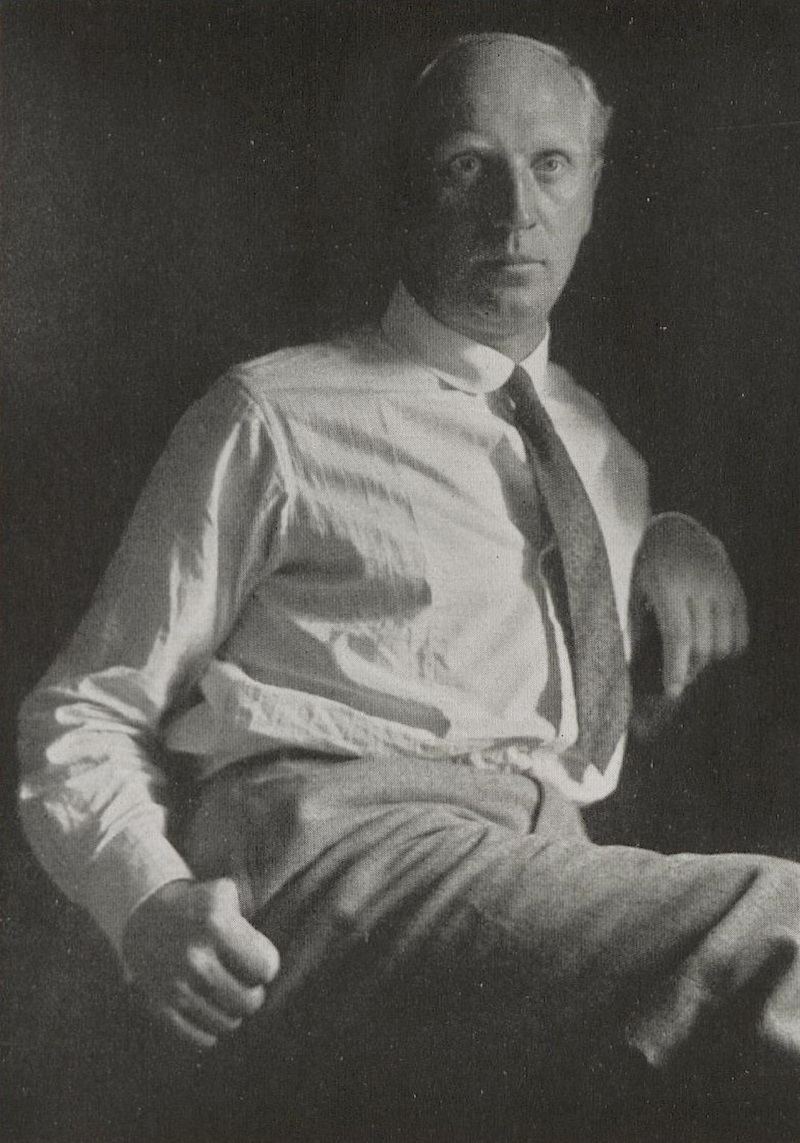 Modern art
Modern art 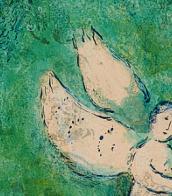

Theo Champion
05.02.1887 - 20.09.1952
Germany
Theo Champion was a German painter. His work was part of the painting event in the art competition at the 1928 Summer Olympics.

VAN HAM Kunstauktionen GmbH
Modern art
Date: 28.10.2021 18:00 UTC +01:00
Number of lots in the catalog: 125
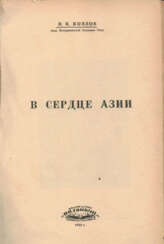

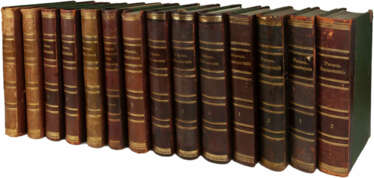

![Солнце, утро и цветы: Сб. избранных стихотворений, сост. Красноярским Ученическим кружком «ЭОС» любителей изучения природы: Вып. 1 [единственный].](/assets/image/picture_1592420/46f8f/u1hbfgdi2sjtdskf8htplsxv1vzyftlzvrqf34iypj1isxrhsbeeui1hnvsnluv1625862529jpg__fix_374_244.jpeg)
![Солнце, утро и цветы: Сб. избранных стихотворений, сост. Красноярским Ученическим кружком «ЭОС» любителей изучения природы: Вып. 1 [единственный].](https://veryimportantlot.com/assets/image/picture_1592420/46f8f/u1hbfgdi2sjtdskf8htplsxv1vzyftlzvrqf34iypj1isxrhsbeeui1hnvsnluv1625862529jpg__fix_374_244.jpeg)
![Жирар де Пропиак, К.Ж.Ф. Достопамятности в мире, или Описание существующих на Земле редких произведений природы и искуства [в 4 т.] / Изд. г. Пропиаком.; пер. с фр.; с картинами.](/assets/image/picture_1905685/02329/o74zmsiz-2cey4zu42nc3lptthxqyp3mad75g8vo2as0u-z9g-jtmzbhgunvsdw71639497058jpg__fix_374_244.jpeg)
![Жирар де Пропиак, К.Ж.Ф. Достопамятности в мире, или Описание существующих на Земле редких произведений природы и искуства [в 4 т.] / Изд. г. Пропиаком.; пер. с фр.; с картинами.](https://veryimportantlot.com/assets/image/picture_1905685/02329/o74zmsiz-2cey4zu42nc3lptthxqyp3mad75g8vo2as0u-z9g-jtmzbhgunvsdw71639497058jpg__fix_374_244.jpeg)




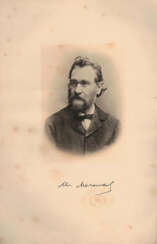

![Россия: Полное географическое описание нашего отечества: Настол. и дорож. кн. для рус. людей [в 19 т.]](/assets/image/picture_1793724/c07a0/kn73o5knqv1muixkfxaukn4asfdtzzow5uoherfe0lk1xvigvogykaosvkjl-bl1635875621jpg__fix_374_244.jpeg)
![Россия: Полное географическое описание нашего отечества: Настол. и дорож. кн. для рус. людей [в 19 т.]](https://veryimportantlot.com/assets/image/picture_1793724/c07a0/kn73o5knqv1muixkfxaukn4asfdtzzow5uoherfe0lk1xvigvogykaosvkjl-bl1635875621jpg__fix_374_244.jpeg)


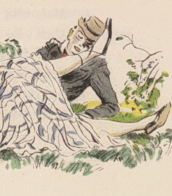


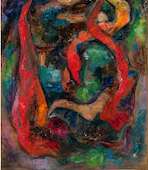

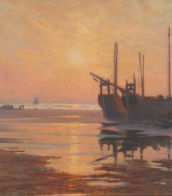
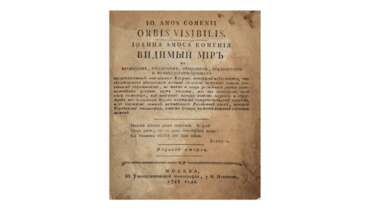

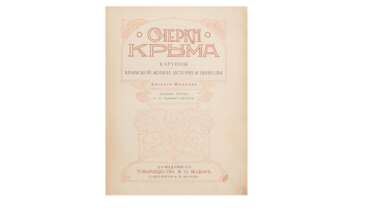



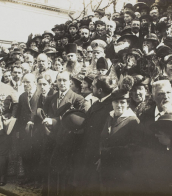


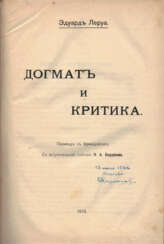

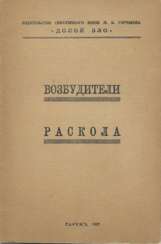

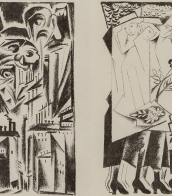


![[Лаво, Лакоент де. Москва до и после пожара]. Lecointe de Laveau G. Moscou avant et après l'incendie / Par G.L.D.L.](/assets/image/picture_2303581/053df/as0qemk5deuddbapjjm9hil7yuqjrs4jhursxptpbh6nrkmhcyvgehqnsas7n281659663049jpeg__fix_374_244.jpeg)
![[Лаво, Лакоент де. Москва до и после пожара]. Lecointe de Laveau G. Moscou avant et après l'incendie / Par G.L.D.L.](https://veryimportantlot.com/assets/image/picture_2303581/053df/as0qemk5deuddbapjjm9hil7yuqjrs4jhursxptpbh6nrkmhcyvgehqnsas7n281659663049jpeg__fix_374_244.jpeg)
![[Лаво, Лакоент де. Москва до и после пожара]. Lecointe de Laveau G. Moscou avant et après l'incendie / Par G.L.D.L.](/assets/image/picture_3121902/017c3/f2tvjsv39ieuhvn82vbruj2j4lvbyafmut-xf6qtipmhejfcqyn-f9qmbuvasgo1695036279jpg__fix_374_244.jpeg)
![[Лаво, Лакоент де. Москва до и после пожара]. Lecointe de Laveau G. Moscou avant et après l'incendie / Par G.L.D.L.](https://veryimportantlot.com/assets/image/picture_3121902/017c3/f2tvjsv39ieuhvn82vbruj2j4lvbyafmut-xf6qtipmhejfcqyn-f9qmbuvasgo1695036279jpg__fix_374_244.jpeg)
